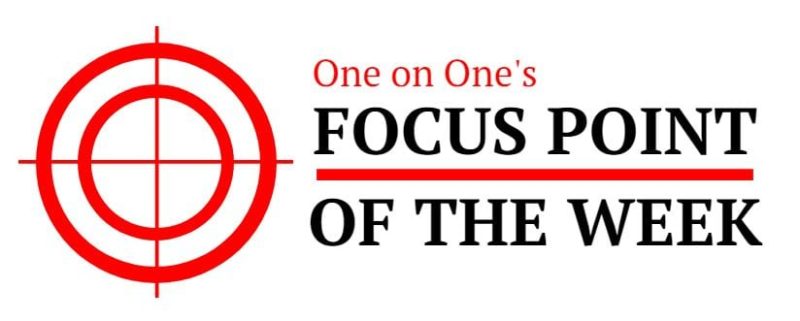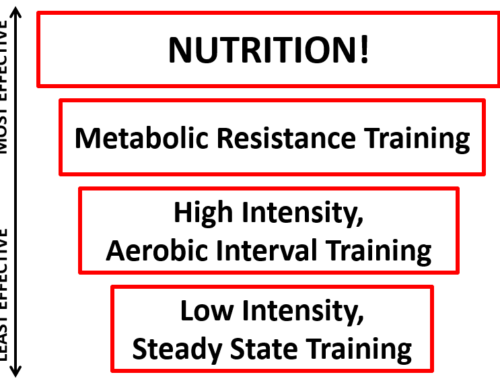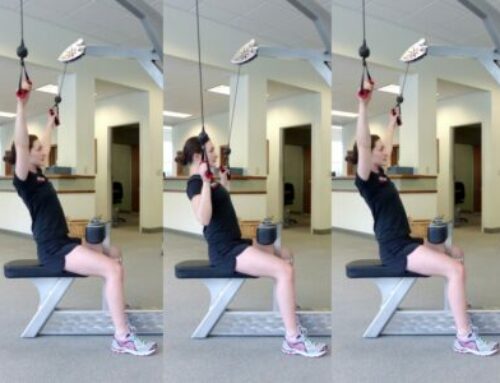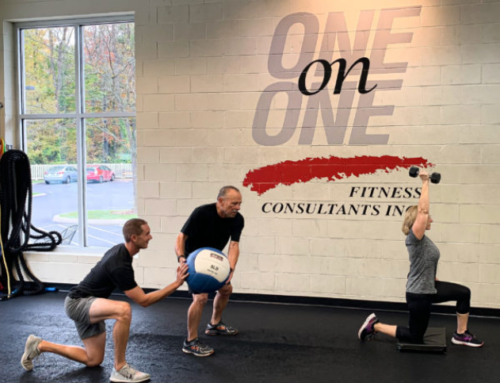By The One on One Team
Last Updated: 7/23/23
Last week, we discussed how to best prepare your body to exercise and maximize your training through movement prep. This week, we take that concept a step further by discussing effective recovery and regeneration strategies.
Let’s first explore the physiological responses to exercise and take a look at the rationale for recovery and regeneration. Training and conditioning puts stress on the body which stimulates positive adaptations in muscular strength, endurance, flexibility, and/or cardiovascular capacity. However, this stress initially causes muscle and connective tissue breakdown, depletion of energy stores, and central nervous system fatigue. Tissue remodeling and improvement occurs within 24-72 hours after the training session or activity is completed.
Given this information, it is clear that we should look to implement recovery strategies to help with the regeneration process.
The goals of recovery and regeneration are to:
- Replenish energy stores
- Reduce muscular soreness
- Promote adaptations to training
- Rebuild muscle
- Improve posture and movement capabilities
- Prepare ourselves for the next training session
So what does this look like on a daily basis? After each training session take a few minutes to work on the following:
Soft tissue work
Release tension and promote muscular balance by using a foam roller or stick on any chronically tight areas or those that were especially challenged during your training.
Stretching
Use a combination of active and static stretches to restore muscle and fascia length, tune down the nervous system, and improve posture. Creating a focus on breathing will make stretching more effective.
Nutrition
Refuel with a post-workout meal containing a 2:1 carbohydrate to protein ratio and drink plenty of water to rehydrate. Doing so not only helps the body rebuild, but also helps keep the metabolism elevated.
When using this approach, each training session becomes an extension of the last. Speak with your trainer to learn the most effective post-workout strategies for your individual goals and needs, and then persistently follow through with those strategies to feel all the benefits.
For this week and moving forward, focus on creating an optimal environment to reap the rewards of your training. You work too hard not to!

